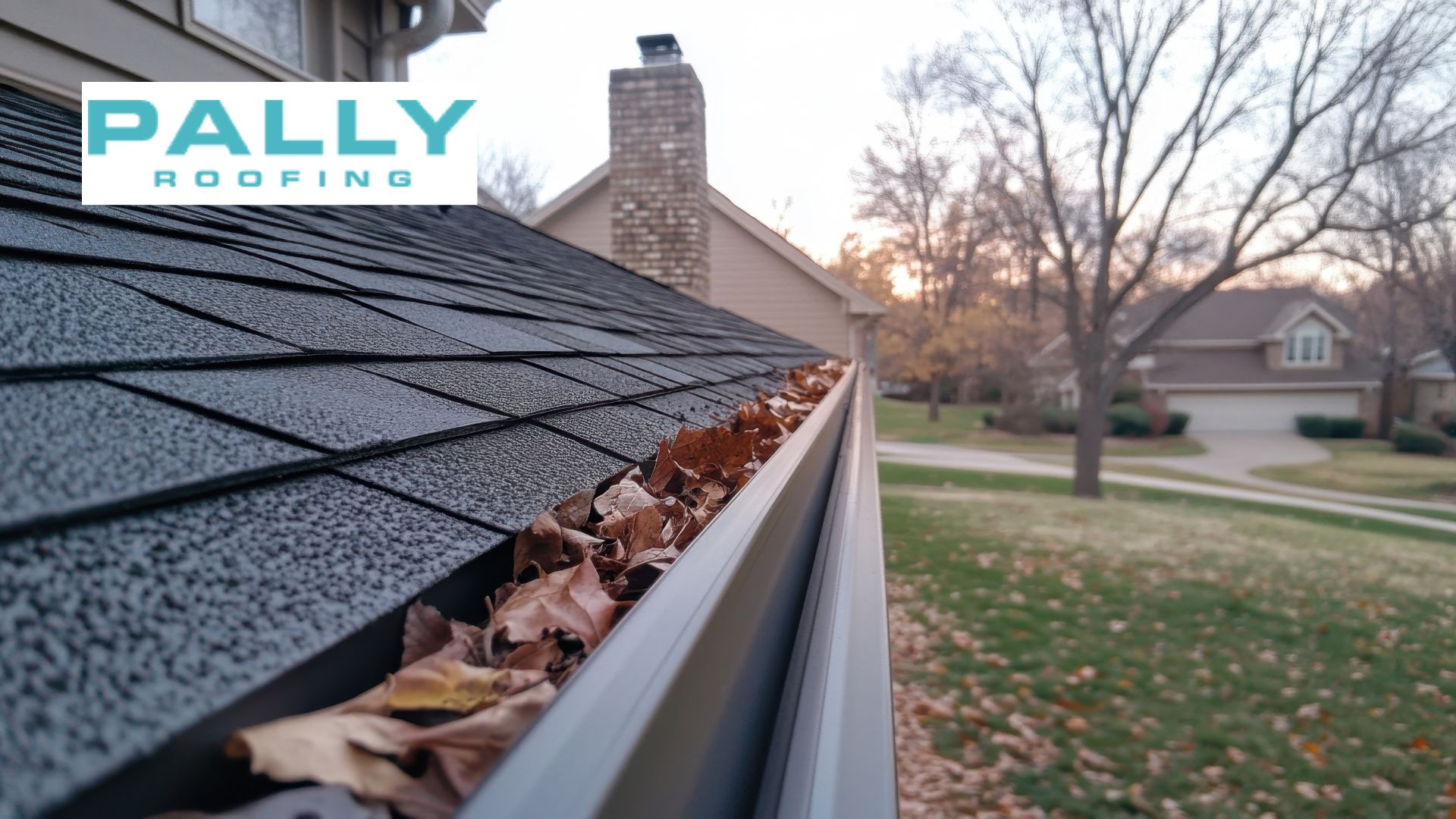Last updated on July 24th, 2024 at 11:37 am
Polycarbonate sheets are a solid and adaptable material that may be used for a variety of things, including roofing, carports, and greenhouses. They are a versatile option for a variety of applications because of their excellent light transmission qualities, strong impact resistance, and ability to be cut to meet precise specifications. To guarantee a clean, smooth cut, cutting polycarbonate sheets demands some expertise and the appropriate equipment. You can use a hand saw, circular saw, jigsaw, or even band saw to cut polycarbonate sheets; this detailed instruction will show you how to do it.
Table of Contents
Does Thickness of Sheet Matter?

Yes, it will be simpler for you to use power tools to cut thicker panels, as polycarbonate roofing sheets are available in a variety of thicknesses. If the sheets are thicker than 5mm, it will be more difficult, but still possible, to cut the polycarbonate sheets using hand tools. It will also take longer. You have two choices if using hand tools to cut polycarbonate sheets is giving you difficulty.
The first step is to acquire the necessary skills. Even though taking this plan of action could be dangerous and should not be done carelessly, the skills will be helpful for any future efforts. The second option is to have the sheets cut by a pro. Naturally, this will raise the expense of your project, but you’ll feel better knowing that it’s in capable, safe hands.
Safety Measures
When using any equipment, but particularly cutting tools, safety must always come first. Wear gloves to shield your hands from flying debris and safety goggles to protect your eyes at all times. To keep your polycarbonate sheet from shifting when cutting, make sure your workspace is free of any obstacles and that it is strapped down firmly. Considerations for safety precautions:
- Put on gloves and safety glasses.
- Secure the polycarbonate sheet to stop it from moving while cutting.
- Remove any obstacles from the area you work in.
- Before you begin cutting, be sure your instruments are in good working order.
- To prevent breathing any dust or particles, always cut in an area with good ventilation.
Tools best suited for specific scenarios
- Box or handheld utility knives are suitable for cutting single components.
- Metal shears or utility knives are the best tools for trimming.
- Circular saws on benches and tables for straight, lengthy cuts.
- Portable circular saws for on-site consecutive cuts.
- Using a jigsaw or portable circular saw, cut short stacks of 5 to 10 pieces.
A Basic Step-By-Step Guide On Cutting Polycarbonate Sheets
- Make sure the polycarbonate panel you plan to cut is securely fastened to prevent it from vibrating or moving while you’re missing.
- The necessary size should be written with a prominent marker on the cover film. Measuring accuracy is crucial because once the material is cut, it cannot be reassembled. And it’s vital to keep this in mind before beginning any building project. The side with the cover film with lettering on it is typically the one with the protection from UV light. However, the cover film will typically indicate which side is the external face.
- After cutting the polycarbonate roof panel to the required size, you might discover that some swarf has gotten into the sheet; this is more likely to occur when using power tools as opposed to a by-hand saw. Because of the static charge, this swarf frequently sticks to the sheet and can be challenging to remove. The best way to get rid of these is to use an air compressor to force them out of the polycarbonate panel. You can also use a powerful vacuum or even run water over the sheet to remove them. The swarf is usually not a big deal because it only penetrates the sheet for a few centimeters at most, and the sheets should overhang the gutter by five centimeters, making the swarf invisible.
- The sheet should be cut, then the aluminum tape should be placed on the top end of the polycarbonate panel, and the ventilation tape ought to be fitted to the gutter end of the sheet before the PVC sheet closures are put on.
How to Cut with a Circular Saw
A circular saw is the best tool for cutting polycarbonate sheets. If cutting longer polycarbonate sheets, use a circular saw wherever practical. Marking your cutting line with masking tape will make cutting more precise and accurate. Set up your circular saw when you’re ready to cut your polycarbonate sheet. For the best cut on your polycarbonate sheet, use a fine tooth saw blade. For an excellent, smooth cut, set your saw to 4000 revolutions per minute. The circular saw’s speed determines your cutting speed; a decent cut usually happens at 8 meters per minute.
How to Cuts with a Jigsaw
In order to prevent the polycarbonate sheet from moving up and down while being cut with a jigsaw, you must ensure that it is firmly fastened. You can use a jigsaw to cut polycarbonate sheets with a smooth, even cut as long as the sheet is held securely. Cut your sheet at a medium pace with a fine-tooth saw blade. Allow the saw to glide easily rather than pushing it along, making sure that the jigsaw’s sole is always flat on the polycarbonate sheet.
How to Cuts with a Band Saw
A band saw is a fixed cutting instrument that allows you to feed various materials through it for precise, clean cuts. A continuous toothed blade that alternates between two wheels cuts smoothly. A good blade with at least 10 to 18 teeth per inch should be selected, and your band saw should be set to at least 2500 RPM. To get a clean, smooth cut on your polycarbonate sheet, you must drive the material through the band saw quickly and effortlessly.
How to Cuts by Using a Laser Cutting
Although utilizing a laser cutter is an option for cutting polycarbonate sheets, there are several drawbacks in comparison to other cutting equipment. First off, most do-it-yourself enthusiasts won’t likely own a laser cutter because they are pricey pieces of machinery. Second, while the laser cutter produces heat, there might be better options when it comes to cutting polycarbonate. In fact, some experts even go so far as to suggest against using a laser cutter on polycarbonate since it can discolor the material. Considering the variety of alternative cutting instruments that are capable of cutting polycarbonate, it makes sense to start with one of these choices.
Conclusion
Cutting polycarbonate sheets is often thought to be complicated. Alternatively, cutting it would change the material’s durability, quality, or look. In addition to making it easier for you to deal with, this guarantees that the sheet fits precisely into the application, preventing any more issues. As usual, contact the award-winning customer service staff at Pally Roofing with any queries you may have regarding polycarbonate roofing sheets or anything else. They can assist you at every step and start working on your project right away.
Author
-

With more than 16 years of hands-on experience, Phillip Schmucker is the knowledgeable owner of Pally Roofing. His dedication to superior roofing services has earned him a reputable place in the industry. Phillip also shares his extensive expertise through writing, providing readers with practical tips and professional advice on various roofing topics. Follow him on LinkedIn.
View all posts






